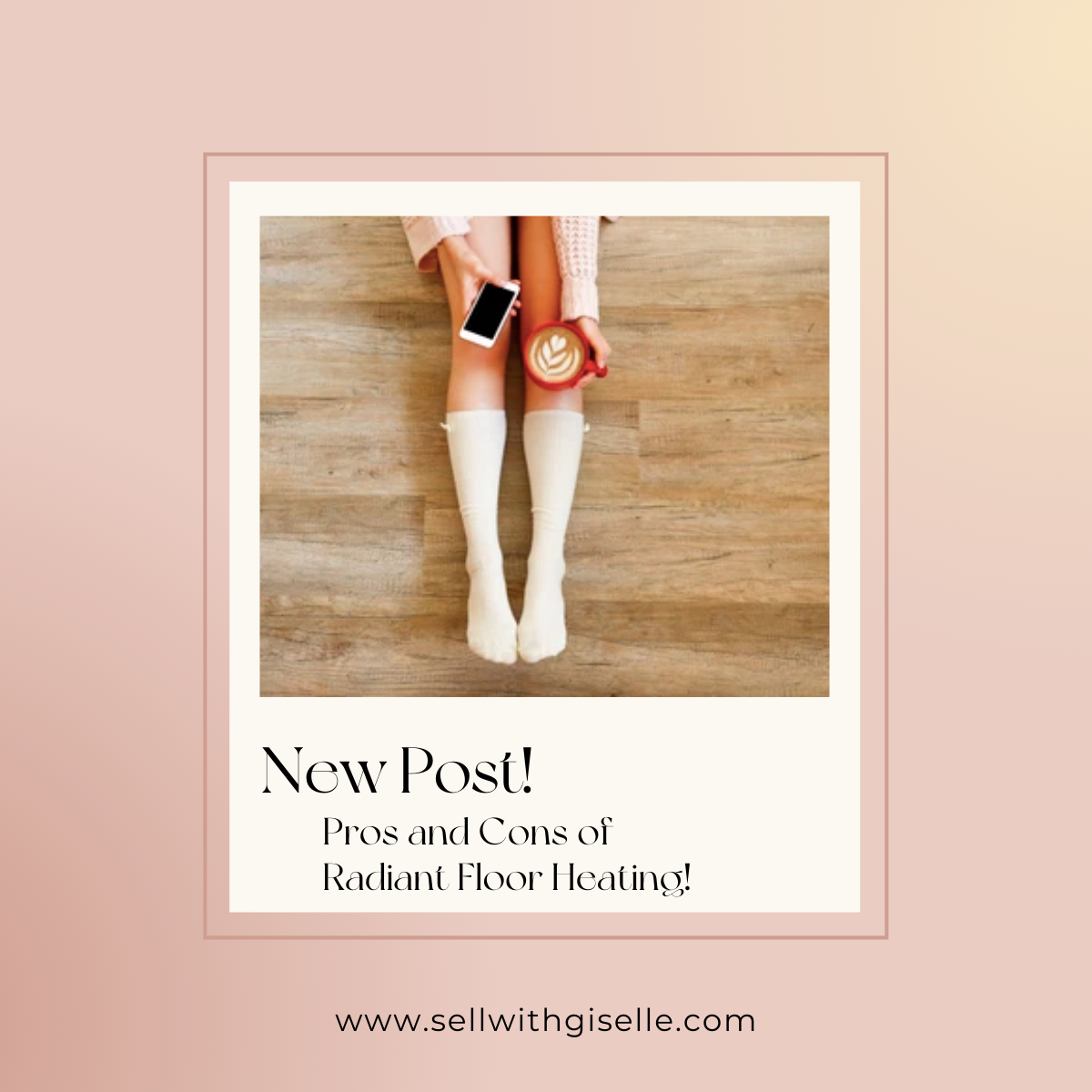Hard surface flooring can feel downright uncomfortable under bare feet on cold mornings! While of course you can toss down area rugs and get some cozy slippers, you could also install in-floor radiant heat, and never fear your floors again. 💪
Heated flooring systems come in two varieties—electric coil and tubes of heated water. Both options come with their own set of pros and cons 🤷🏻♀️ Understanding the benefits and drawbacks of radiant floor heating will help ensure that you’re making the right decision when it comes to this cold-floor solution! ❄️
Benefits
In-floor radiant heat systems are durable and reliable, capable of even outlasting your home furnace – with proper care and maintenance, a floor heating system can last up to 35 years! 😱 It can save money, too. Radiant floor heating warms a room from the floor up, so as a result, most people will feel more comfortable with their thermostat set at a lower temperature. In-floor radiant heat doesn’t use a blower, so it doesn’t create extra noise. Minimizing the use of a central air heating system, which can push dust, dirt, pollen, and other allergens through the vents, is also better for allergy sufferers. Another option? Electric radiant floor systems come as mats that can be easily installed underneath the flooring from below. They’re a good solution if you only want heated floors in certain rooms.
Drawbacks
Heated floors don’t come cheap! You’ll pay a lot to install the system—more than the cost of replacing a furnace—and the hydronic systems are more expensive than electric ones. Because the coils or pipes go underneath the floor, you’ll likely have to rip up existing flooring to install them 😞 The easiest way to install them is during a remodel, or when you’re building a house, especially given that some systems involve laying pipe on a concrete floor (think: bathrooms). This also means repairs to heated floors can be costly, and because the heating elements are out of sight, it can be hard to find trouble spots if problems arise.
In-floor radiant heat systems can also be slow to warm up the house. This is especially true with water systems, which sometimes need a few hours to circulate enough hot water to warm a room’s flooring. Of course, on the flip side, the flooring retains heat well, so you can benefit from using the system during off-peak hours rather than peak times when the utility rates are higher.
As with all home improvements, installing a heated floor requires plenty of consideration before you decide for or against it. Be sure to consult with an expert before moving forward!





